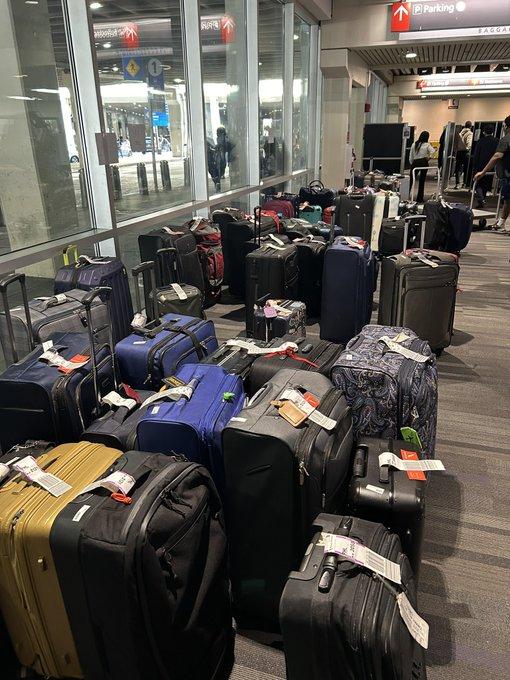Picture this: A traveler’s nightmare unfolds at an airport, where lost luggage becomes the catalyst for a legal showdown that reads more like a surreal comedy than a typical customer service dispute. Air Canada, the aviation giant, has drawn it’s legal sword against a passenger who dared to refresh his wardrobe while waiting for his wayward suitcase—a tale that raises eyebrows adn probing questions about corporate obligation, consumer rights, and the unwritten rules of travel compensation. What begins as a simple case of misplaced baggage transforms into a high-stakes drama where dollars, dignity, and the definition of “reasonable expense” collide in an unexpected courtroom confrontation. In a bizarre twist of legal drama, Air Canada has taken an unusual stance by suing a passenger who allegedly exploited the airline’s lost luggage compensation policy. The case hinges on a series of questionable purchases that have sparked debate about consumer rights and corporate accountability.Jesse Chabot’s journey took an unexpected turn when his luggage went missing during a flight from Quebec to Calgary. What followed was a spending spree that would ultimately land him in legal hot water. the airline’s policy of reimbursing passengers for essential items during baggage delays became the central point of contention.
Instead of purchasing mere necessities, Chabot reportedly spent thousands on clothing, including high-end designer items. The receipts tell a story of extensive shopping that far exceeded what most would consider reasonable replacement purchases.Air Canada’s lawsuit claims the expenses were deliberately excessive and fraudulent.
Legal experts are divided on the matter. Some argue that the airline’s compensation policy should cover reasonable replacement costs, while others suggest Chabot may have crossed an ethical line. The case raises critical questions about the interpretation of “essential items” and the limits of passenger compensation.the financial stakes are significant. Chabot’s purchases reportedly totaled around $6,247, a sum that dramatically exceeds typical emergency clothing expenses. Air Canada contends that the purchases were not reasonable or necessary, effectively transforming the compensation policy into a personal shopping prospect.
Consumer protection advocates are watching the case closely. It represents a potential precedent for how airlines handle lost luggage claims and the extent of passenger rights.The lawsuit challenges the unwritten understanding between airlines and travelers about compensation during travel disruptions.
Interestingly, the incident highlights a broader issue of trust and accountability in travel. Airlines have long been criticized for baggage mishandling, and compensation policies are meant to protect passengers from genuine inconvenience. However, this case suggests some individuals might attempt to exploit these safeguards.
The legal battle raises complex questions about intent, reasonable expenses, and the fine line between compensation and opportunism. Chabot’s defense will likely argue that the purchases were necessary replacements, while Air Canada maintains the expenses were deliberately inflated.As the case progresses, it promises to provide fascinating insights into airline policies, consumer behavior, and the intricate legal landscape of travel compensation. Whether Chabot’s shopping spree will be deemed legitimate or fraudulent remains to be seen, but one thing is certain: this is no ordinary lost luggage claim.











